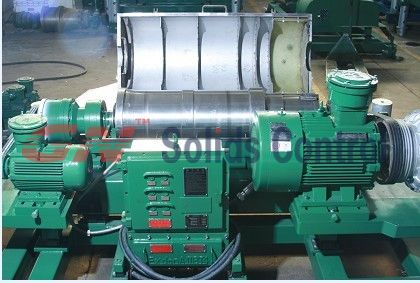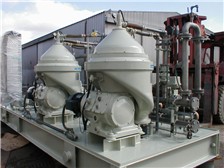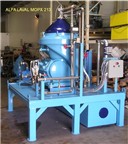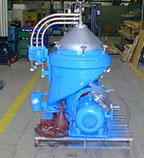SILEX, a secret laser technology being developed by GE and Hitachi, will make the process of enriching uranium for nuclear reactors far more efficient and cost-effective.
That’s great news for nuke power-planters like Homer J. Simspon, but SILEX technology has a huge downside that could make it easier for bad guys to build the bomb.
enriching uranium takes enormous amounts of space and energy, but with SILEX, the procedure becomes relatively quick and painless.
No longer will it take football field-sized facilities and grid-sucking power requirements to produce enriched uranium. Just about anyone with SILEX technology could put together an enrichment operation in a plain, unassuming warehouse, far away from the prying eyes of U.N. inspectors.
While the details of SILEX are under lock and key, well-reasoned worrywarts fear its commercial technology could get boosted by rogue scientists.
During the 1970s, A.Q. Khan, donned a lab coat for a European nuke company, stole blueprints for a gas centrifuge uranium-enrichment setup, and sold the plans to Libya, Iran, and North Korea. Khan became the poster boy for proliferation, and largely the reason why guys like Kim Jong Il and Mahmoud Ahmadinejad can enrich uranium today.
It stands to reason that nuclear secrets should be the sort that are best-kept, but classified nuke technology’s been spilled more times than a rumor at recess.
“The history of keeping dangerous nuclear technology secret is pretty poor,” says Henry Sokolski, exec director of the Nonproliferation Education Center, a D.C. think tank. “An early enrichment approach called 'gaseous diffusion' technology got out and, after that, so did centrifuge technology. The question is: How would we handle this when SILEX gets out?"
For years, laser-enriched uranium has been the wily white whale for nations seeking more efficient nuclear technology. If SILEX proves successful, it could launch efforts around the globe to develop more laser-enrichers and bring them to market, which would only increase the threat of proliferation.
Keeping centrifuge enrichers in check has been hard enough for U.N. inspectors; Iran dodged the International Atomic Energy Agency (IAEA) for most of the past decade while shoring up its nuke capability. The spread of SILEX technology would make tracking and curtailing illegal enrichment next to impossible.
Yet the forward push of progress, especially where commercial interests are concerned, will eventually produce a laser capable of enriching uranium more efficiently and more cheaply than technology in use today.
Once that happens, the world’s most dangerous regimes could develop the world’s most dangerous weapon, and do so on the down-low.
source: www.takepart.com












